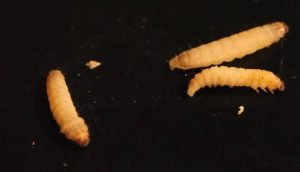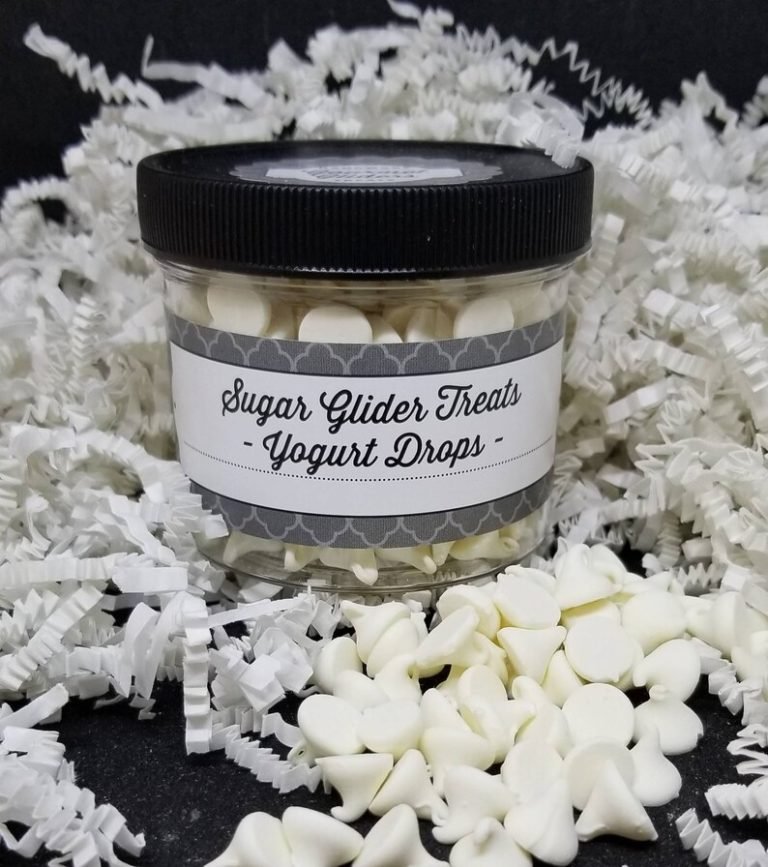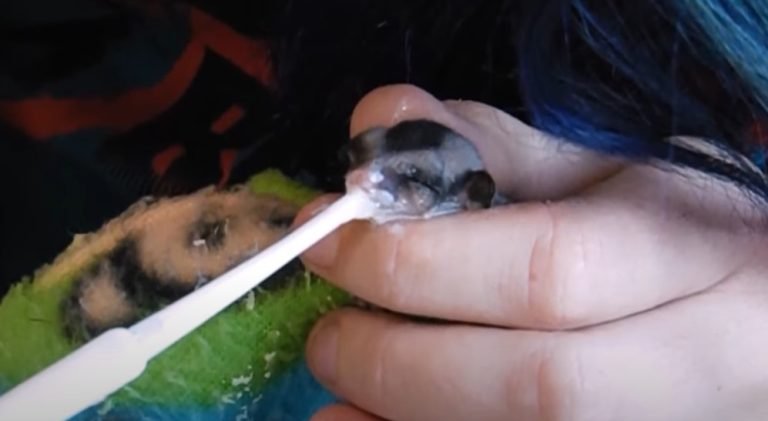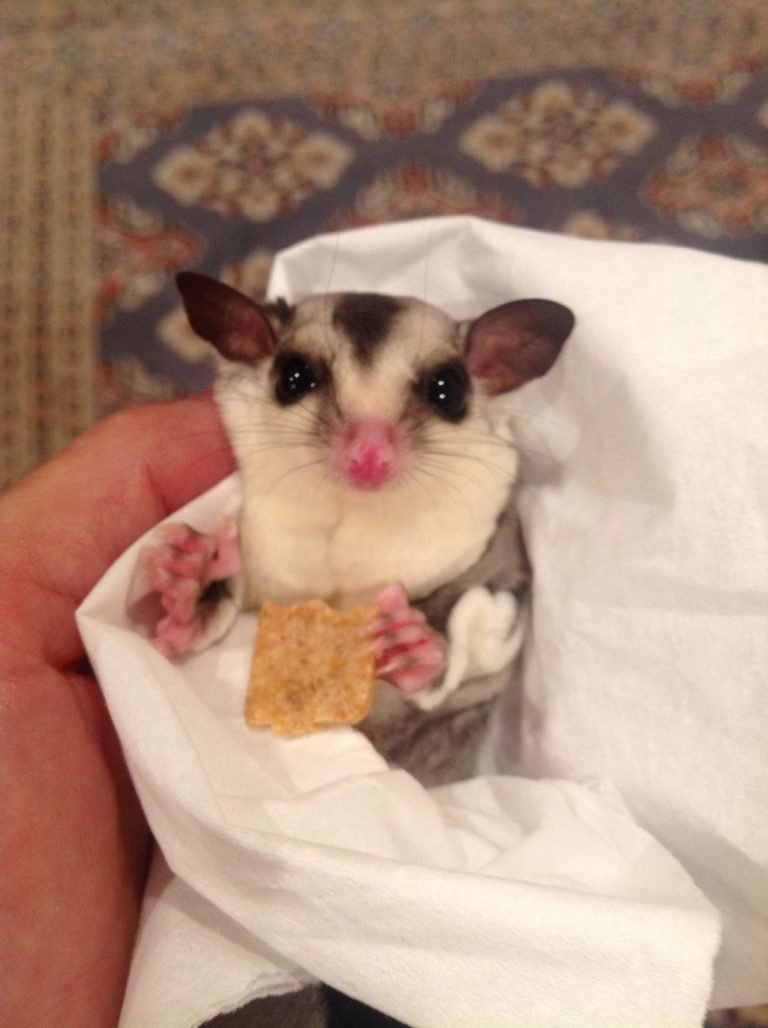Mealworms Vs Wax Worms
Mealworms vs Wax Worms: Which is the Ultimate Insect Feeder?
Owning a pet reptile or amphibian involves providing them with a well-balanced diet that mimics what they would consume in the wild. Insects are a crucial part of their diet, and two popular choices for insect feeders are mealworms and wax worms. But which one is the better option? In this article, we will compare mealworms and wax worms in terms of their nutritional value, ease of care, and cost, so you can make an informed decision.
Nutritional Value
When it comes to the nutritional value of mealworms and wax worms, there are a few key differences to consider. Mealworms are the larvae of darkling beetles, while wax worms are the larvae of wax moths.
Mealworms
Mealworms are rich in protein, making them an excellent source of nutrition for insectivorous reptiles. They are also packed with essential vitamins and minerals such as vitamin B12, riboflavin, and iron. Additionally, mealworms are low in fat and have a favorable calcium-to-phosphorus ratio, which is vital for the proper growth and development of reptiles.
Wax Worms
Wax worms, on the other hand, are higher in fat content compared to mealworms. While some reptiles may benefit from the occasional high-fat treat, wax worms should not be a staple in their diet. Too many wax worms can lead to obesity and other health issues in reptiles. However, wax worms are an excellent source of calcium, making them a suitable occasional treat for reptiles that require extra calcium supplementation.

Ease of Care
Another crucial aspect to consider when deciding between mealworms and wax worms is their ease of care. This includes the ease of storing and maintaining the insects, as well as the difficulty level of breeding them if you choose to do so.
Mealworms
Mealworms are relatively low maintenance and easy to care for. They have a long shelf life and can be stored in a cool, dark place for several weeks. Mealworms can also be easily bred at home with proper housing and substrate. Breeding mealworms allows you to have a constant supply of fresh, healthy insects for your pets.
Wax Worms
Wax worms, on the other hand, have a shorter lifespan compared to mealworms and require specific temperature and humidity conditions for proper storage. They are not as easy to breed as mealworms, which may make it more challenging to maintain a consistent supply of wax worms for feeding purposes.
Cost
Cost is always a significant consideration when choosing insect feeders for your pets. The price of mealworms and wax worms can vary depending on factors such as the quantity purchased, the supplier, and your location.
Mealworms
Mealworms tend to be more affordable compared to wax worms. They are widely available and can be purchased in bulk at a reasonable price. If you choose to breed your own mealworms, the cost will be even lower in the long run, as you will no longer need to rely on purchasing them.
Wax Worms
Wax worms are generally more expensive than mealworms, especially when buying them in small quantities. Their higher cost is attributed to factors such as their shorter lifespan and the more labor-intensive breeding process. If you choose to feed your reptile wax worms regularly, the cost can add up quickly.
Frequently Asked Questions
1: Can mealworms and wax worms be fed to all reptiles?
Both mealworms and wax worms can be offered to a wide variety of reptiles, including bearded dragons, leopard geckos, and crested geckos. However, it is essential to research the specific dietary requirements of your reptile species and consult with a veterinarian if you have any concerns.
2: Can mealworms or wax worms be harmful to reptiles?
In general, mealworms and wax worms are safe for reptiles when fed in moderation. However, wax worms should be given as an occasional treat due to their high fat content. It is crucial to ensure a varied diet and not rely solely on one type of feeder insect.
3: Can mealworms or wax worms be gut-loaded?
Yes, both mealworms and wax worms can be gut-loaded to enhance their nutritional value. Gut-loading involves feeding the insects a nutritionally rich diet before offering them to your reptiles. This process provides an extra boost of vitamins and minerals to the insects, which is then passed on to your pets.
Final Thoughts
When it comes to choosing between mealworms and wax worms as insect feeders for your reptiles, it ultimately depends on your pet’s specific dietary needs, your budget, and the ease of care you are willing to commit to. Mealworms offer a more balanced nutritional profile and are generally more affordable and easier to maintain. On the other hand, wax worms can provide a healthy source of calcium but should be given sparingly due to their higher fat content. Whichever feeder insect you choose, remember to provide a varied diet for optimal reptile health.







